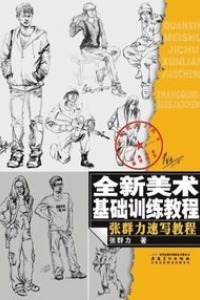
Liknande böcker
Read Lao Zi, Learn Idioms, Recite Children's SongsA*Volume Two
Bok av Zhang Jianchao, Zhao Feiyan
Read Lao Zi, Learn Idioms, Recite Children's Songs is the companion piece of Read Lao Zi, Learn Idioms. They have the same elements for both of them take idioms as a way to learn Lao Zi and meanwhile, take Lao Zi as a way to learn idioms, but they also have different features: Read Lao Zi, Learn Idioms, Recite Children's Songs takes children's songs reciting as the main form while Read Lao Zi, Learn Idioms takes stories reading as its main form. Though both of them focus on 80 idioms, compared with Read Lao Zi, Learn Idioms, Read Lao Zi, Learn Idioms, Recite Children's Songs includes the interesting interpretation of children's songs as well as the origins of keywords in these idioms. Although both of them have 80 proverbs from Lao Zi, Read Lao Zi, Learn Idioms, Recite Children's Songs includes phonetic notation, thus making it convenient for students to study by themselves. Though both of them include conversations between teacher Zeng and Liang Liang, Read Lao Zi, Learn Idioms, Recite Children's Songs is more lively and easier to read and understand, which makes it more conformable to the language expression characteristics of students in lower grades of primary school. Read Lao Zi, Learn Idioms, Recite Children's Songs is written by the same people as Read Lao Zi, Learn Idioms. It is designed in an integrated manner and divided into different parts: "e;Origin of Idioms"e; makes extracts from Tao Te Ching original related to idioms with correct phonetic notation; "e;Idioms Definitions"e; paraphrases these idioms in accordance with the reference book; "e;Children's Songs Reciting"e; includes original children's songs with lively rhythm and readability that cite the classics to make students understand these idioms and Tao Te Ching; "e;Interesting Interpretation of Chinese Characters"e; focuses on a single keyword in the idiom and reappears its evolution process in all ages to enrich students' methods of literacy and enhance their enthusiasm for Chinese language; "e;Zeng-Liang Discovery"e; employs the relaxing and lively conversations between teacher Zeng and Liang Liang to guide the students to deeply understand these idioms and Tao Te Ching. These five parts are closely connected, flexible in forms, and explain the profound in simple terms from the inside out, so it can yet be regarded as the for students in lower grades of primary school to read Tao Te Ching.




